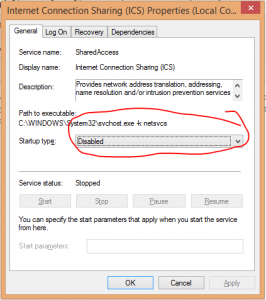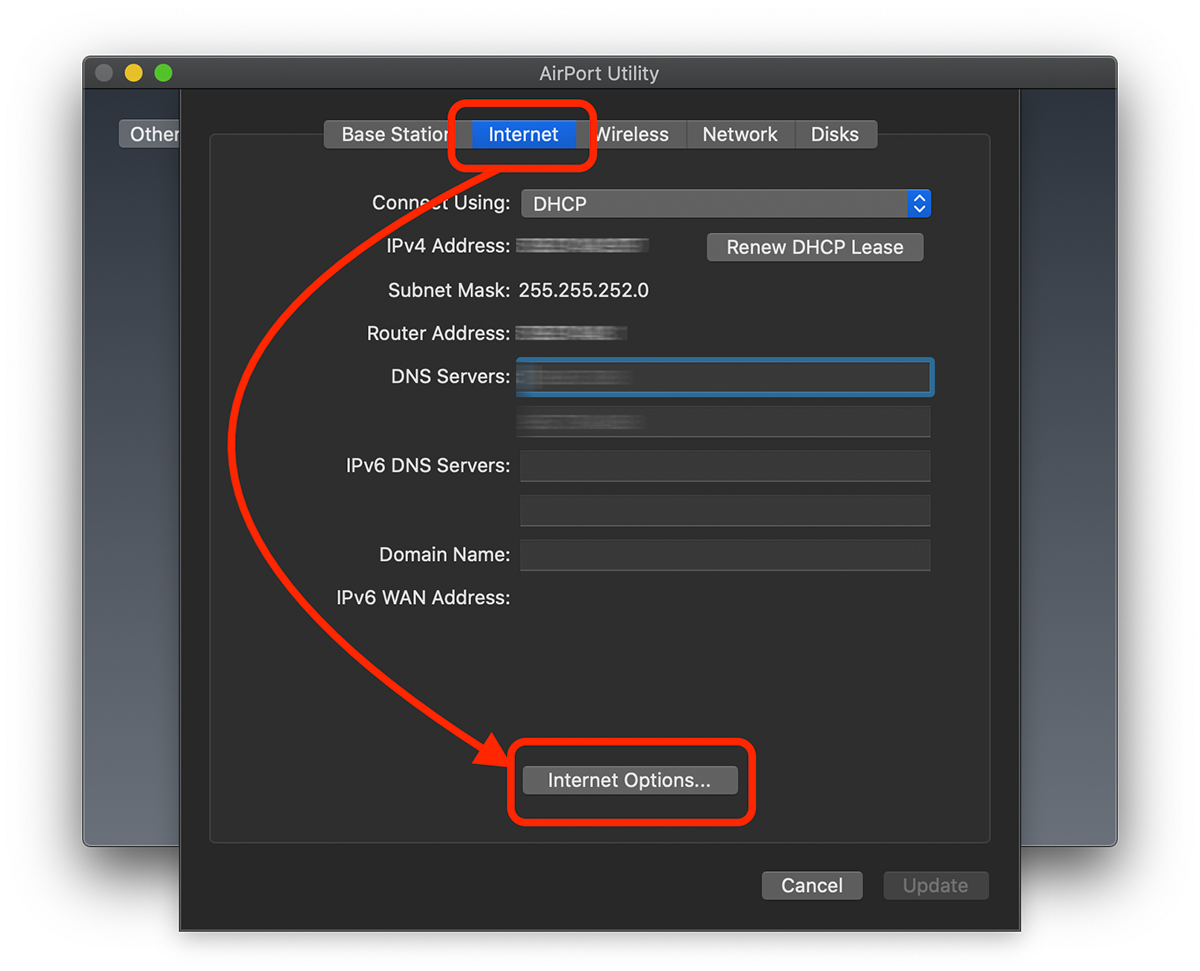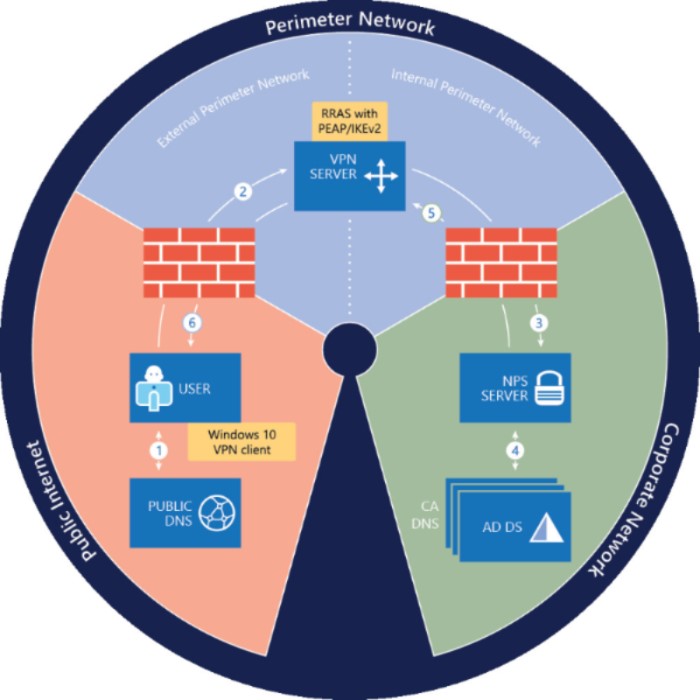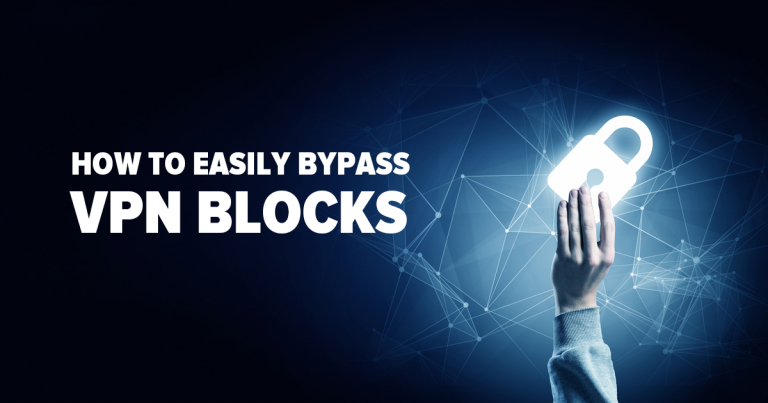- Install Cisco Anyconnect Vpn
- Cisco Anyconnect Vpn Blocks Internet Settings
- Cisco Anyconnect Vpn Stops Internet Connection In Windows 10
- Anyconnect Vpn Windows
Introduction
This document describes the Cisco AnyConnect Mobility Client captive portal detection feature and the requirements for it to function correctly. Many wireless hotspots at hotels, restaurants, airports, and other public places use captive portals in order to block user access to the Internet. They redirect HTTP requests to their own websites that require users to enter their credentials or acknowledge terms and conditions of the hotspot host.
Prerequisites
Overview Stanford's VPN allows you to connect to Stanford's network as if you were on campus, making access to restricted services possible. To connect to the VPN from your Windows computer you need to install the Cisco AnyConnect VPN client. Two types of VPN are available: Default Stanford (split-tunnel). When using Stanford's VPN from home, we generally recommend using the. The VPN is not prevented from running normally, nor is it being blocked from internet access (You can temporarily disable Tamper Protection in Norton settings to verify that it is not the cause of the trouble). I also use Cisco AnyConnect and have the same Tamper Protection entries, but no issues with VPN connectivity.
Requirements
Cisco recommends that you have knowledge of the Cisco AnyConnect Secure Mobility Client.
Components Used
The information in this document is based on these software versions:
- AnyConnect Version 3.1.04072
- Cisco Adaptive Security Appliance (ASA) Version 9.1.2

The information in this document was created from the devices in a specific lab environment. All of the devices used in this document started with a cleared (default) configuration. If your network is live, make sure that you understand the potential impact of any command.

Background Information
Many facilities that offer Wi-Fi and wired access, such as airports, coffee shops, and hotels, require users to pay before they obtain access, agree to abide by an acceptable use policy, or both. These facilities use a technique called captive portal in order to prevent applications from connecting until users open a browser and accept the conditions for access.
Captive Portal Remediation Requirements
Support for both captive portal detection and remediation requires one of these licenses:
- AnyConnect Premium (Secure Sockets Layer (SSL) VPN Edition)
- Cisco AnyConnect Secure Mobility
You can use a Cisco AnyConnect Secure Mobility license in order to provide support for captive portal detection and remediation in combination with either an AnyConnect Essentials or an AnyConnect Premium license.
Install Cisco Anyconnect Vpn
Note: Captive portal detection and remediation is supported on the Microsoft Windows and Macintosh OS X operating systems supported by the release of AnyConnect that is in use.
Captive Portal Hotspot Detection
AnyConnect displays the Unable to contact VPN server message on the GUI if it cannot connect, regardless of the cause. The VPN server specifies the secure gateway. If Always-on is enabled and a captive portal is not present, the client continues to attempt to connect to the VPN and updates the status message accordingly.
If the Always-on VPN is enabled, the connect failure policy is closed, captive portal remediation is disabled, and AnyConnect detects the presence of a captive portal, then the AnyConnect GUI displays this message once per connection and once per reconnect:
If AnyConnect detects the presence of a captive portal and the AnyConnect configuration differs from that previously described, the AnyConnect GUI displays this message once per connection and once per reconnect:
Caution: Captive portal detection is enabled by default and is nonconfigurable. AnyConnect does not modify any browser configuration settings during captive portal detection.
Captive Portal Hotspot Remediation
Captive portal remediation is the process where you satisfy the requirements of a captive portal hotspot in order to obtain network access.
AnyConnect does not remediate the captive portal; it relies on the end user to perform the remediation.
In order to perform the captive portal remediation, the end user meets the requirements of the hotspot provider. These requirements might include payment of a fee to access the network, a signature on an acceptable use policy, both, or some other requirement that is defined by the provider.
Captive portal remediation must be explicitly allowed in an AnyConnect VPN Client profile if AnyConnect Always-on is enabled and the Connect failure policy is set to Closed. If Always-on is enabled and the Connect Failure policy is set to Open, you do not need to explicitly allow captive portal remediation in an AnyConnect VPN Client profile because the user is not restricted from network access.
False Captive Portal Detection
Cisco Anyconnect Vpn Blocks Internet Settings
AnyConnect can falsely assume it is in a captive portal in these situations.
- If AnyConnect attempts to contact an ASA with a certificate that contains an incorrect server name (CN), then the AnyConnect client will think it is in a captive portal environment.
In order to prevent this issue, make sure that the ASA certificate is properly configured. The CN value in the certificate must match the name of the ASA server in the VPN client profile. - If there is another device on the network before the ASA that responds to the client's attempt to contact an ASA by blocking HTTPS access to the ASA, then the AnyConnect client will think it is in a captive portal environment. This situation can occur when a user is on an internal network and connects through a firewall in order to connect to the ASA.
If you must restrict access to the ASA from inside the corporation, configure your firewall such that HTTP and HTTPS traffic to the ASA's address does not return an HTTP status. HTTP/HTTPS access to the ASA should either be allowed or completely blocked (also known as black-holed) in order to ensure that HTTP/HTTPS requests sent to the ASA will not return an unexpected response.
AnyConnect Behavior
This section describes how the AnyConnect behaves.
- AnyConnect tries an HTTPS probe to the Fully Qualified Domain Name (FQDN) defined in the XML profile.
- If there is a certificate error (not trusted/wrong FQDN), then AnyConnect tries an HTTP probe to the FQDN defined in the XML profile. If there is any other response than an HTTP 302, then it considers itself to be behind a captive portal.
Captive Portal Incorrectly Detected with IKEV2
When you attempt an Internet Key Exchange Version 2 (IKEv2) connection to an ASA with SSL authentication disabled that runs the Adaptive Security Device Manager (ASDM) portal on port 443, the HTTPS probe performed for captive portal detection results in a redirect to the ASDM portal (/admin/public/index.html). Since this is not expected by the client, it looks like a captive portal redirect, and the connection attempt is prevented since it seems that captive portal remediation is required.
Workarounds
If you encounter this issue, here are some workarounds:
- Remove HTTP commands on that interface so that the ASA will not listen to HTTP connections on the interface.
- Remove the SSL trustpoint on the interface.
- Enable IKEV2 client-services.
- Enable WebVPN on the interface.
This issue is resolved by Cisco bug ID CSCud17825 in Version 3.1(3103).
Caution: The same problem exists for Cisco IOS® routers. If ip http server is enabled on Cisco IOS, which is required if the same box is used as the PKI Server, AnyConnect falsely detects captive portal. The workaround is to use ip http access-class in order to stop responses to AnyConnect HTTP requests, instead of requesting authentication.
Disable the Captive Portal Feature
It is possible to disable the captive portal feature in AnyConnect client version 4.2.00096 and later (see Cisco bug ID CSCud97386). The administrator can determine if the option should be user configurable or disabled. This option is available under the Preferences (Part 1) section in the profile editor. The administrator can choose Disable Captive Portal Detection or User Controllable as shown in this profile editor snapshot:
If User controllable is checked, the checkbox appears on the Preferences tab of the AnyConnect Secure Mobility Client UI as shown here:
Some VPNs allow split tunneling, however, Cisco AnyConnect and many other solutions offer a way for network administrators to forbid this. When that happens, connecting to the VPN seals off the client from the rest of the LAN. As it turns out, breaking this seal is not that hard, which can be useful for special cases like performing pentests over a VPN designed for average users.
In our case, we had to use a hardware token that only had drivers for Windows and Mac, while most of our tools run best (and are already installed) on Linux. We started investigating on both supported platforms mentioned above and found
what others have already discovered: the routing table is modified (and kept in this state), while packets are further filtered, probably using kernel hooks.
Both IPv4 and IPv6 are affected by this filtering, and traffic towards additional network interfaces also got redirected. So we embarked on a quest to find what could be done within the rules imposed by the VPN vendor. Our first stop was the gateway in our LAN towards the internet – and thus towards the VPN concentrator. The VPN client explicitly installed routes to keep that reachable, however, packets sent directly towards the LAN gateway never arrived there, leading us towards the idea of further kernel-based filters.
The next idea was the VPN server itself since it had to be able to receive packets from the clients as part of normal operation. However, the question is: how can you tell the packets apart on the gateway – as you still have to forward packets that are part of the normal VPN operator towards the VPN server. The trivial way was TCP port numbers, so we tried connecting to various TCP ports on the VPN server, but the gateway saw no SYN packets.
This left us with a single opportunity: keeping even the TCP port the same as the port used by the tunnel already. As netstat has shown, a TCP connection towards port 443 was kept open throughout the VPN session, and subsequent connections were allowed by the
filtering mentioned above – we could even see these SYN packets on the gateway. The only problem was to tell TCP streams apart at the gateway so that the VPN still worked while we could initiate connections outside of it at the same time.
And then it clicked: while trying to cope with the fact that many public (or semi-public) Wi-Fi networks filter everything besides TCP/443 (HTTPS), we had SSLH deployed to multiplex HTTPS and SSH on the same TCP port. This works reliably because they are really easy to tell apart upon the first packet:
- SSH clients send plain text one-liners that identify the protocol and client version, while
- SSL/TLS clients send binary Client Hello packets that identify the protocol version and supported ciphers.
SSH fits this case since its port forwarding features makes it possible to punch as many holes as necessary, regardless of the direction (VPN to LAN vs. LAN to VPN).

On Debian and its derivative systems, SSLH can be installed simply from the package with the same name (sslh) and configuration can be found in the file /etc/default/sslh as a command line, as this is where SSLH takes its options from. Below is the significant line:
This just means that SSLH listens on the internal (LAN) IP address of the gateway and based on the first packet received from a client that reaches this port, it either forwards it to
- a local SSH server (here we had the VPN client running on a Windows VM, and the Linux host had the SSH daemon running, hence the variable name
$VM_HOST_IP) or - the original VPN server.
Changes to the options can be applied under Debian and its derivatives by running /etc/init.d/sslh restart and the results can be tested in isolation first by connecting to TCP port 443 of the gateway, which should behave like the VPN server when using a TLS client like openssl s_client and act as an SSH server when using OpenSSH or PuTTY.
When all this works, the last bit is to redirect traffic towards the VPN server to SSLH. One way is using NAT functionality from iptables:
This command adds a rule to the chain called PREROUTING within the nat table, where packets arrive before the routing decision happens. The next part is the filter, which is important to avoid loops: we only apply the magic to packets where the network interface that the packet arrives through is the LAN interface. The rest narrows the filter further to the destination TCP port being 443 and the destination host being the VPN server. The last part is what happens when this rule matches: we invoke the REDIRECT target that rewrites

Cisco Anyconnect Vpn Stops Internet Connection In Windows 10
- the destination host to the IP address of the interface the packet arrived through (here: LAN interface) and
- the destination port to the one supplied (here: 443).
Since SSLH was configured to listen on TCP port 443 on the LAN interface, this results in the same effect as in the above SSLH testing scenario, where we connected directly to TCP port 443 on the gateway. And the best part is that the NAT solution provided by iptables is fully bidirectional, reply packets from SSLH are automatically translated back to make it seems as if they were sent by the VPN server.
Anyconnect Vpn Windows
So with the iptables rule in place, everything is ready for a real-life test. The progress of SSLH can be followed in syslog and as it can be seen below, after the AnyConnect client has connected properly, SSH connections can also get through, and everything gets routed to its proper destination.
